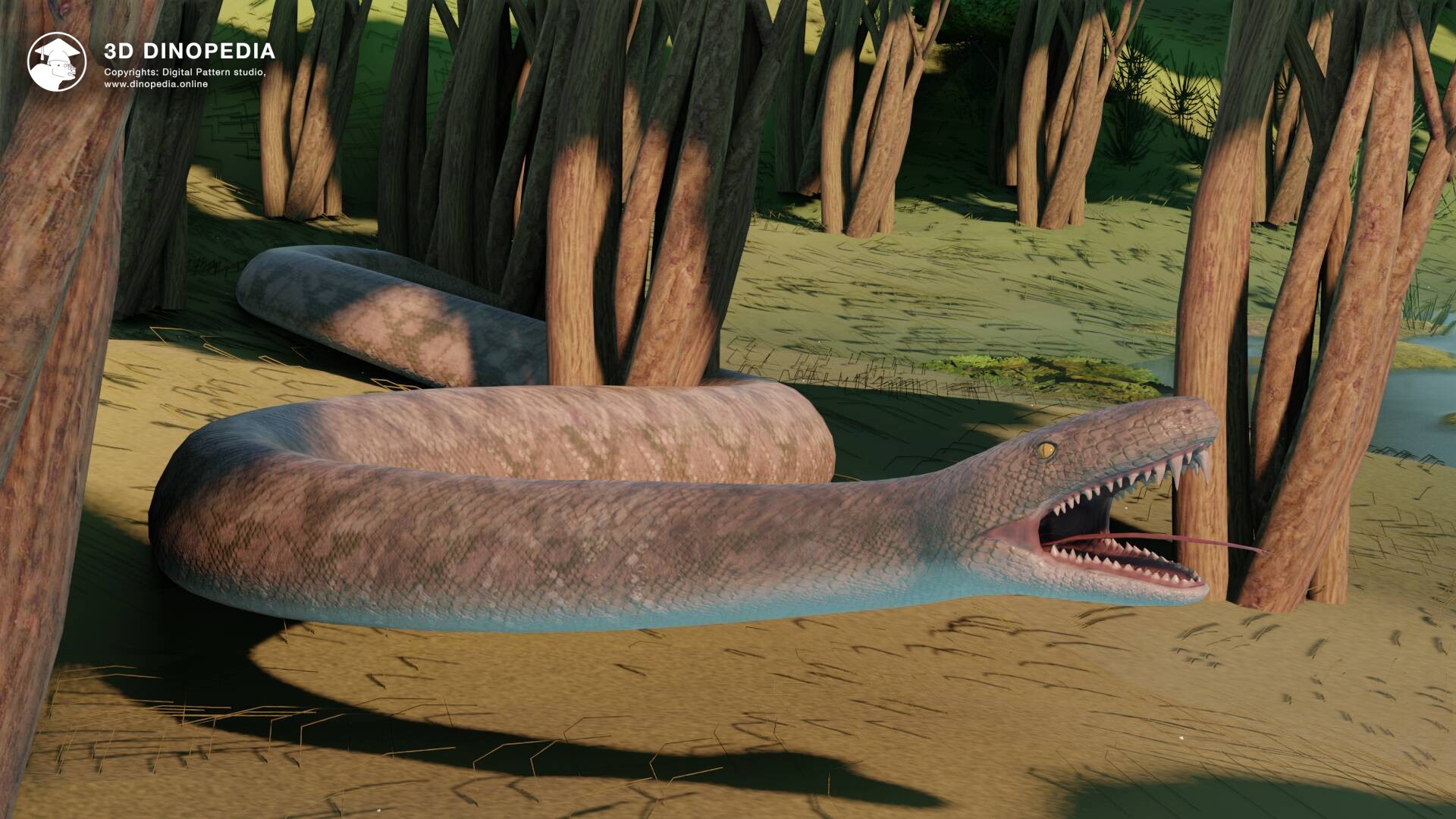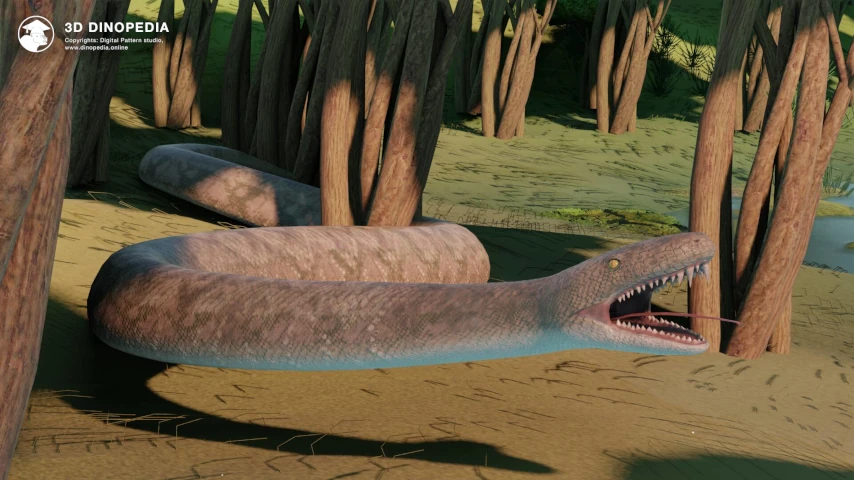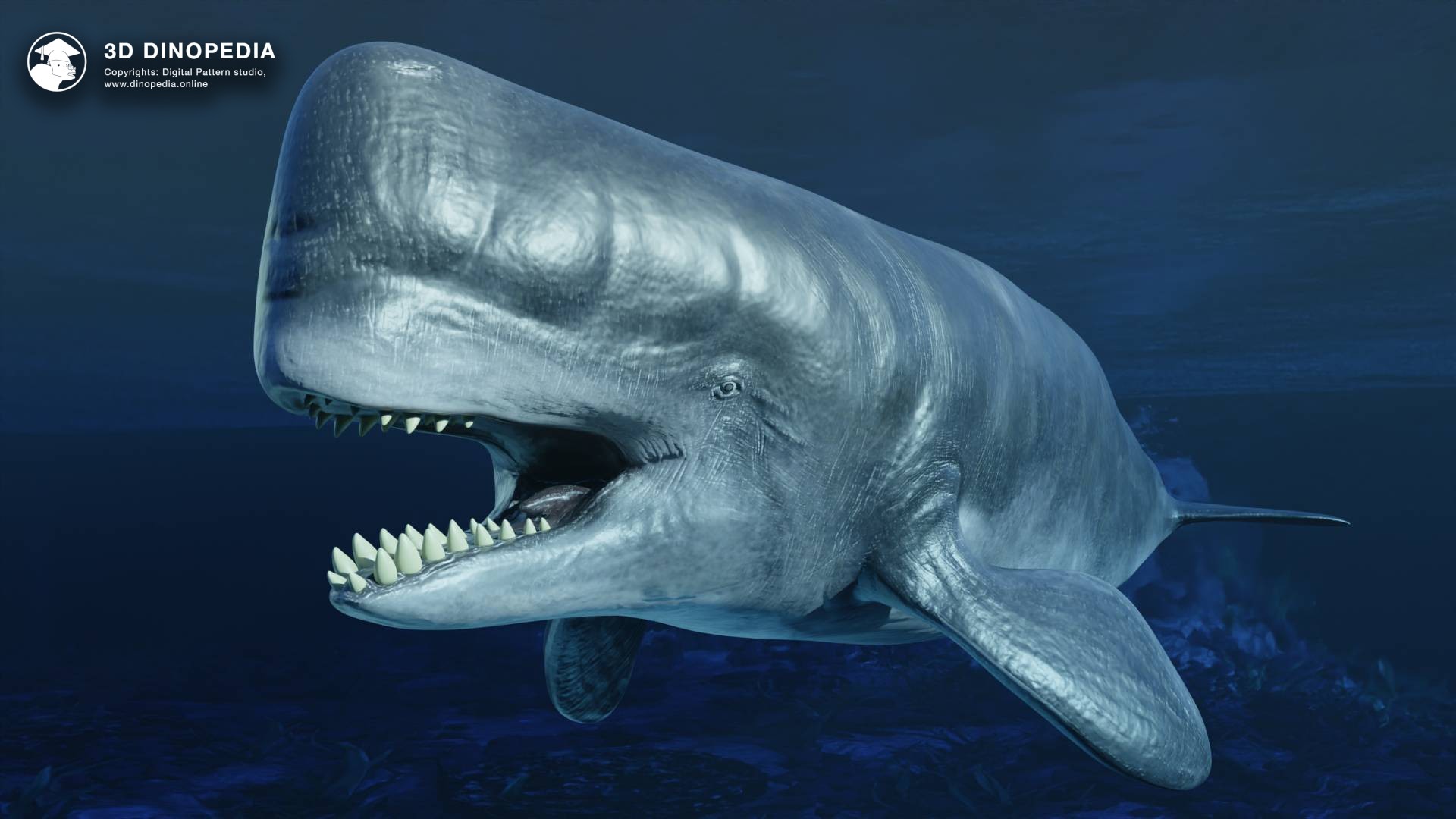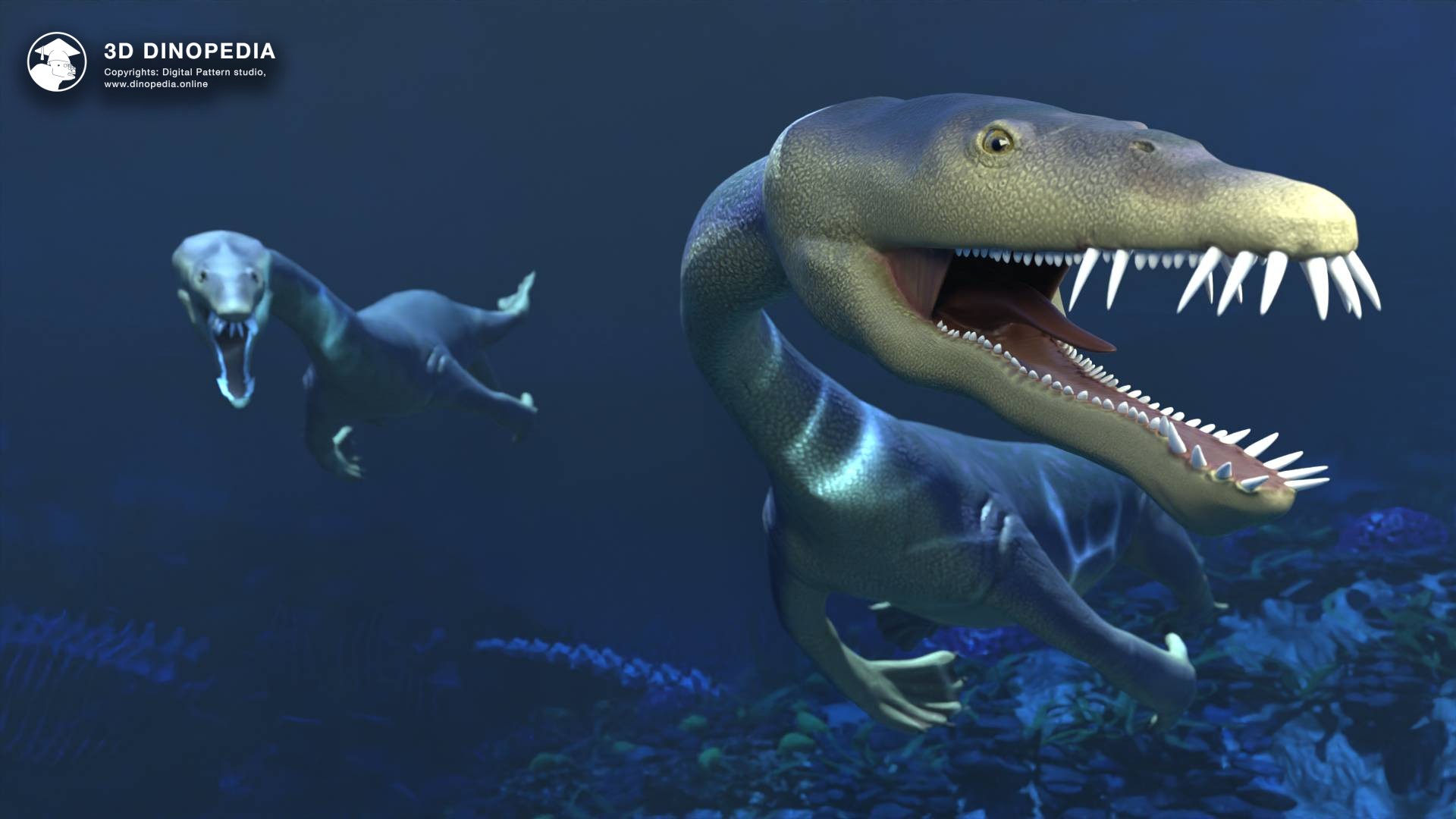The Greatest Snakes of the Earth
20.12.2023 06:36
3421 views

Have you ever heard of anacondas, some of the most majestic snakes on our planet? Living in the South American forests, they can reach enormous sizes. There are legends that some anacondas are so large and powerful that they can eat an entire bull in one go. However, scientists have not yet found evidence of such gigantic sizes of anacondas.
Anacondas are not the only snakes that impress with their size. In the past, even larger representatives of this species existed on Earth.
The top of the most famous and gigantic snakes in the history of the Earth:
Madtsoia bai (Madtsoia bai). This snake, which lived about 48 million years ago, is known from Eocene deposits in Argentina. Due to the fragility of snake skeletons, their exact length is unknown, but it is estimated to be 9-10 meters. Madtsoias, presumably, were not venomous and hunted small animals or strangled large prey.
Gigantophis garstini (Gigantophis garstini). Living about 40 million years ago in the region of modern Sahara, gigantophis was 9.3 to 10.7 meters long. However, recent research has reduced this estimate to 6.9 meters. This snake belonged to the family of madtsoiids, which are now completely extinct.
Colossal Paleophis (Palaeophis colossaeus). This species was widespread in the early Eocene (about 56-41 million years ago) in Mali (Africa). They inhabited both marine and freshwater environments. The exact diet and lifestyle of paleophis remain unknown, as only vertebrae have been preserved. Worse, even for its closest relatives, the paleophiids, no skull remains are known. So, it is necessary to rely on distant relatives of these snakes. Some, like the madtsoiids, had very rigid skulls, while others were quite capable of swallowing huge prey. Which category paleophis belonged to remains a mystery. One thing can be said for sure, they fed on food living in the seas and rivers, as well as animals that carelessly approached the water. One of the amazing features of these snakes is the increased vascularization of the vertebrae, meaning that many blood vessels passed through their bones. This may indicate the warm-bloodedness of these animals, which is an absolutely incredible trait for snakes! Since this snake is known to us only by a few preserved vertebrae, it is impossible to reliably establish its length. The estimated length of this snake was 12 meters 30 centimeters.
Titanoboa cerrejonensis (Titanoboa cerrejonensis). This snake from the Paleocene rocks of Colombia, which lived about 61.7–57.7 million years ago, is the largest of the known snakes. Titanoboa was freshwater and closely related to modern boas. The snake was not venomous, and judging by the structure of the known fragments of skulls and teeth, it fed exclusively on fish, which is unusual for boas. Its length was originally estimated at 16-20 meters, but later estimates were lowered to 12.8-14 meters. In diameter, it could reach up to 1 meter, and its weight is estimated from 1.1 tons (2425 pounds) to 1.5 tons. Such gigantic sizes could be related to the high temperature in the Paleocene epoch, which reached 30-34 °C.
Why are modern giants not included in the rating?
Anacondas and reticulated pythons, although impressive in size, are not comparable to the extinct ancient giants. Today, anacondas inhabit the tropical part of South America to the east of the Andes, i.e., they are found in such countries as Venezuela, Brazil, Colombia, Ecuador, Paraguay, Bolivia, Peru, Guyana, French Guiana, as well as on the island of Trinidad. This snake is almost entirely aquatic, living in quiet slow-flowing rivers and lakes. The anaconda feeds on small mammals, such as agouti rodents, and can also catch birds and reptiles, such as iguanas. Anaconda is not venomous and kills its prey by coiling around it, breaking bones, and suffocating it. The largest reliably measured anaconda was 5 meters 21 centimeters long. These data show that modern snakes, despite their amazing sizes, still fall short of their extinct ancestors.
Reticulated pythons are native to South and Southeast Asia. Unlike anacondas, these snakes are terrestrial, which makes them more dangerous to people. Pythons inhabit tropical forests, woodlands, and meadows. They feed on a variety of vertebrates - monkeys, small ungulates, and other mammals, birds, reptiles. As with anacondas, there are mentions of pythons measuring 10 meters (33 feet). But the really caught and measured pythons are still smaller in size. The longest of the measured reticulated pythons is a female named “Medusa”, living in the town of “Kansas City”, in a house with the mysterious name “The Edge of Hell”. Her length was 7 meters 67 centimeters (25 feet 2 inches), and her weight was 158.8 kg (350 pounds 2 ounces). This snake even made it into the Guinness Book of Records as the longest snake living in captivity. In fact, this python is also the largest reliably measured modern snake. And, apparently, this is not the limit. Unlike anacondas, reticulated pythons, in theory, can grow up to 10 meters. So while these snakes may not be able to compete with their extinct counterparts, this species is definitely the largest of the currently living.
Common features of the largest snakes
It can be noticed that one of the main features of the environment characteristic for the growth of these scaly reptiles is temperature. Only in the tropics can snakes reach record sizes. At the same time, there is a clear connection - the warmer, the larger. At the same time, the largest snakes do not live in deserts. They prefer very humid places. Moreover, almost all large snakes live in water. Which is not surprising - in the water, especially large animals feel much easier. A common feature of large snakes is also the absence of venom glands, which indicates alternative hunting methods. After all, if a snake has venom, it does not need a colossal size and super-large muscle mass, but non-venomous animals have to look for alternative advantages.
To learn more about the greatest snake of all time - titanoboa, as well as to see a 3D model of its skeleton, muscles, and skin, you can use the 3D Dinopedia - Paleontology app.
Discussions







{{ count }} comments
You must login to write a comment